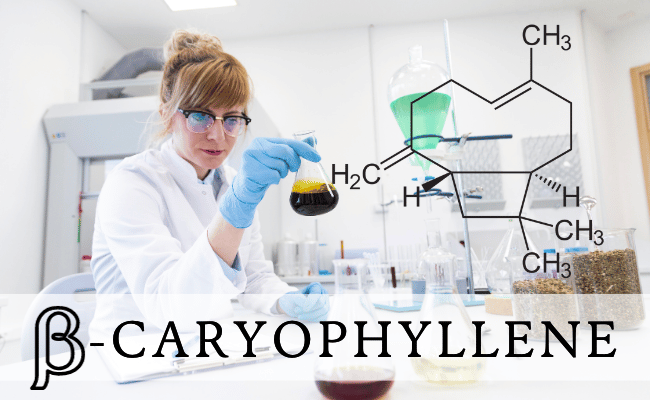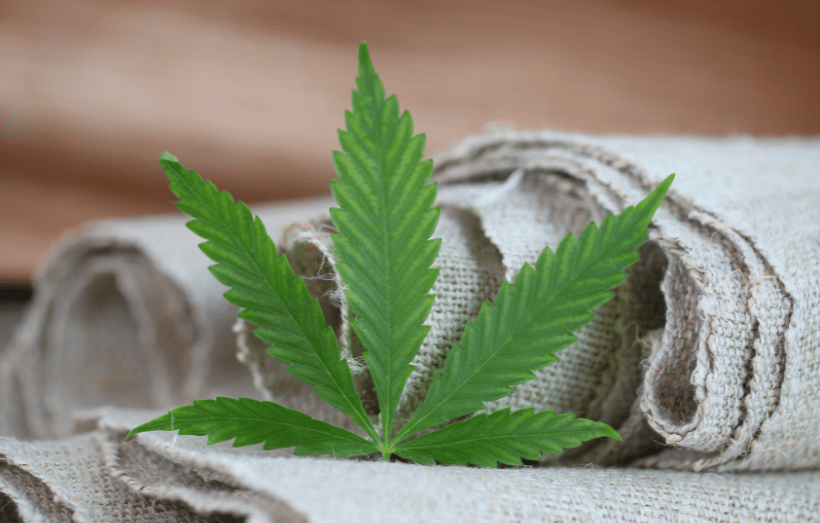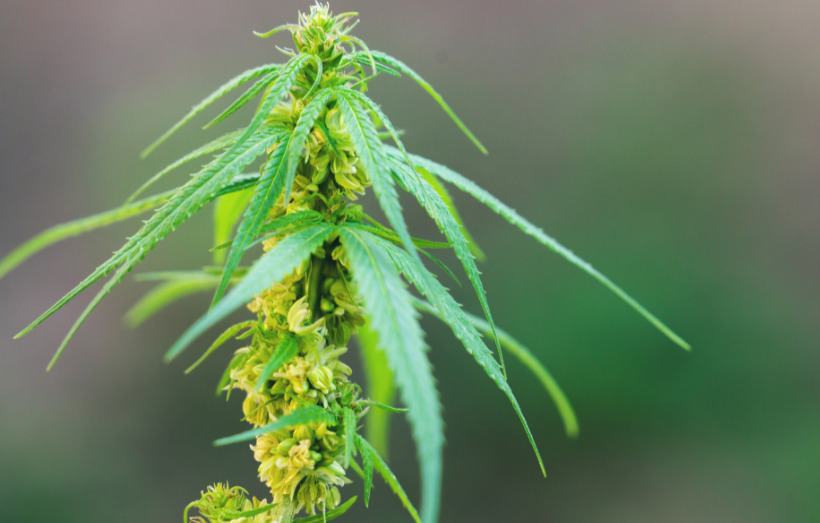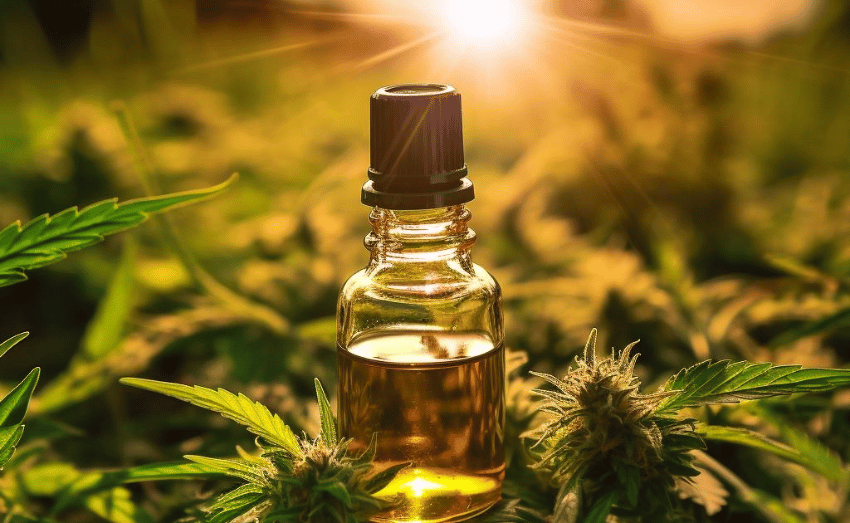Hemp fabric is derived from the fibers of the Cannabis sativa plant’s stem, a species that belongs to the Cannabaceae family. While it is a relative of the marijuana plant, hemp is categorically different in that it contains negligible amounts of THC (Tetrahydrocannabinol), usually less than 0.3%. THC is the psychoactive compound responsible for the ‘high’ effect associated with marijuana. This clear distinction is highlighted by the World Health Organization, which specifies the low THC content in industrial hemp.
The cultivation of hemp has been regarded as environmentally sustainable, as affirmed by a comprehensive study by the Stockholm Environment Institute. Unlike other crops, such as cotton, hemp requires only a limited amount of water. A report by the Stockholm Environment Institute quantifies this, stating that up to 500 liters of water are needed to produce one kilogram of hemp, significantly less than the 20,000 liters required for cotton.
Furthermore, hemp’s virtual independence from pesticides sets it apart from other commercial crops. The low dependency on chemical treatments contributes to its reputation as an eco-friendly alternative, which is supported by research published in the Journal of Industrial Hemp.
Hemp fabric offers a unique blend of qualities, combining low environmental impact with a clear distinction from its psychoactive counterpart. Its growth and manufacturing present a promising frontier in sustainable agricultural practices and textile production, with backing from credible scientific research and environmental organizations.
Why Is Hemp Fabric Considered Expensive?
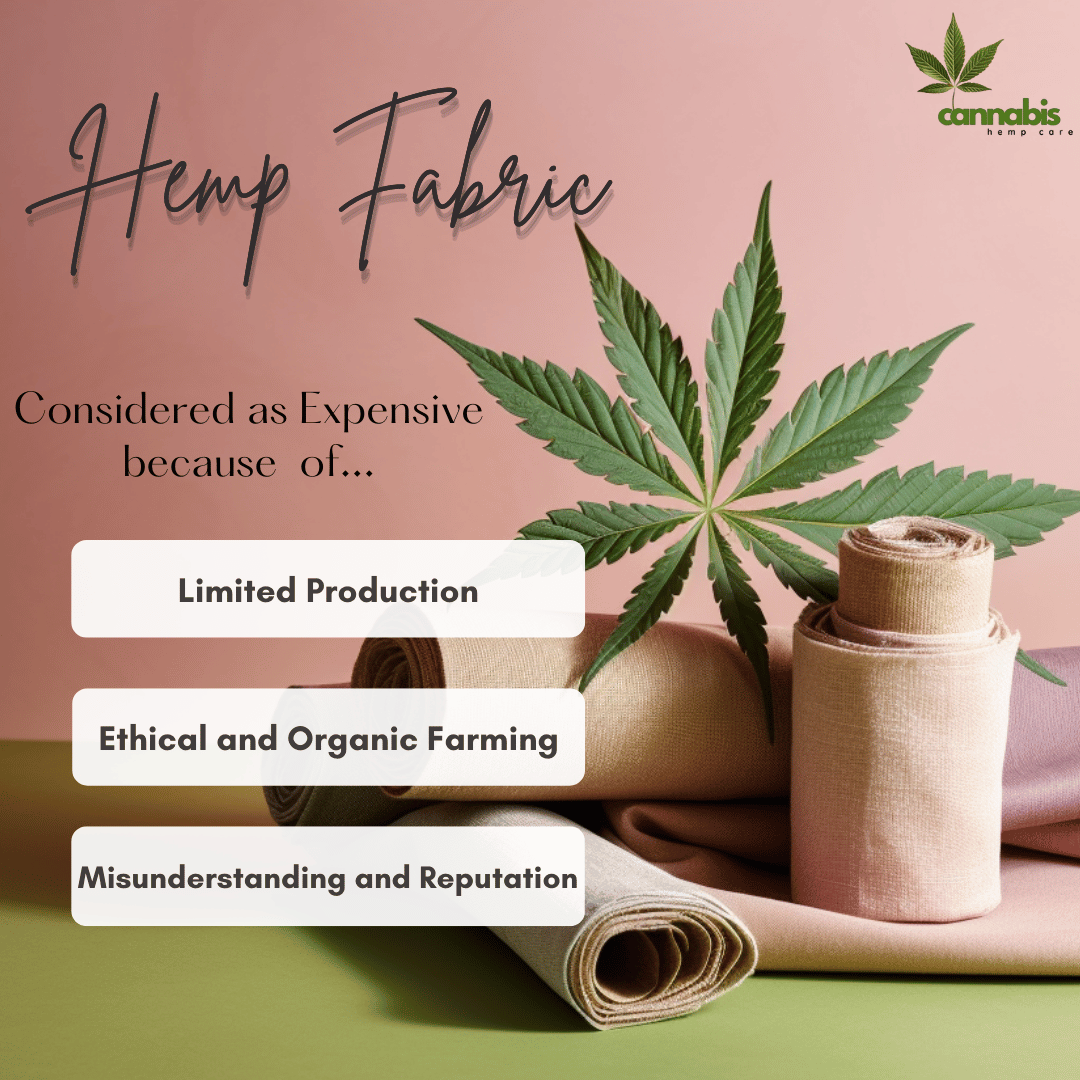
1. Limited Production
The primary reason behind hemp’s high cost is its limited production. While cotton is produced in millions of tons, hemp’s production was just 60,657 tons globally in 2018, according to the Food and Agriculture Organization (FAO).
Why Does Limited Production Matter?
- Economies of Scale: In manufacturing, producing in bulk generally lowers the cost per unit. Since hemp is not produced on a large scale, it doesn’t benefit from these reduced costs.
- Lack of Specialized Machinery: The limited production also means fewer investments in hemp-specific technology, leading to higher production costs.
2. Ethical and Organic Farming
Hemp is often grown using ethical and organic practices, contributing to the high price:
- Increased Labor Costs: Organic farming often involves more human labor, which is more expensive than mechanized methods.
- Certification Expenses: Certifying hemp as organic by authorities like the USDA or GOTS requires rigorous testing and adherence to guidelines, adding to the cost.
3. Misunderstanding and Reputation
Hemp’s association with marijuana has created misconceptions that affect its price:
- Legal Barriers: In some regions, the regulatory framework has hindered the growth of the hemp industry.
- Public Perception: Misunderstandings between hemp and marijuana have kept it a specialized product with niche demand, thus keeping prices high.
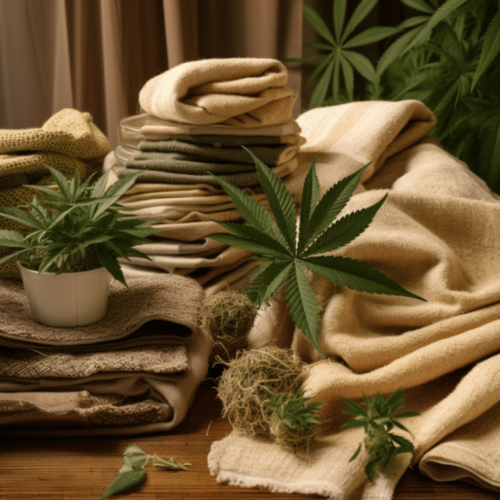
The Environmental and Practical Advantages of Hemp
Despite its price, hemp offers several compelling benefits:
- Sustainability: As reported by the World Wildlife Fund, hemp requires a fraction of the water that cotton does, making it environmentally friendly.
- Durability: Research indicates that hemp lasts longer and resists wear and tear better than many comparable fabrics.
- Health Benefits: Its antibacterial properties make it suitable for those with sensitive skin.
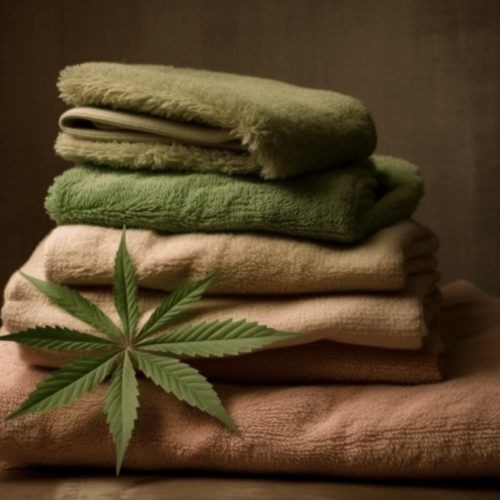
The Future of Hemp Fabric
The high price of hemp fabric may not be a permanent phenomenon. Experts in the industry, including those from the Food and Agriculture Organization (FAO), forecast a potential decline in the price as various factors align.
- Increased Demand: The growing awareness about sustainability and environmental concerns is leading to a heightened interest in eco-friendly products like hemp. A study conducted by Nielsen predicts that the global sustainable market will reach $150 billion by 2021, and hemp fabric, with its lower water and pesticide needs, is poised to be a part of this growth.
- Legislative Changes: Governments around the world are beginning to recognize the distinct differences between hemp and marijuana. As a result, legal restrictions are easing, such as the U.S. Farm Bill of 2018 which legalized the production of hemp. This relaxation in regulations can lead to increased production and, subsequently, reduced prices.
- Technological Advancements: As the hemp industry grows, investments in specialized machinery and techniques tailored to hemp processing are likely to follow. This can lead to more efficient manufacturing and further reduce costs, as seen in other rapidly advancing agricultural sectors.
- Educational Efforts: Organizations like the Hemp Industries Association (HIA) are working to educate both consumers and producers about the benefits and potential of hemp. These efforts may lead to a broader understanding and acceptance of hemp, increasing demand, and encouraging more producers to enter the market, creating a more competitive landscape.
- Global Partnerships: International collaborations and trade agreements involving hemp are also in progress. For instance, the European Industrial Hemp Association (EIHA) actively collaborates with international partners to promote hemp’s economic viability. Such global efforts may further streamline the supply chain and reduce costs.
The future of hemp fabric seems promising, with potential price reductions on the horizon, driven by increased demand, legislative support, technological advancements, educational initiatives, and global collaboration. The transition from a niche, high-priced material to a more accessible and affordable option seems not only plausible but well within reach in the foreseeable future.
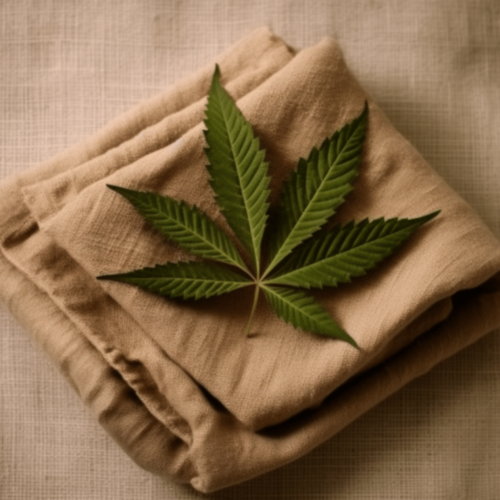
Conclusion
So, to answer the question, “Is hemp fabric expensive?” — Yes, hemp fabric is generally more expensive than comparable materials like cotton. However, this price reflects its limited production, commitment to organic and ethical practices, and a range of benefits from sustainability to durability.
The cost, in many ways, is an investment in a product that stands for environmental consciousness and quality. For those interested in aligning their purchasing choices with these values, hemp fabric presents a compelling option.
FAQs
How long do hemp clothes last?
Hemp clothing, when properly cared for, can last for several years. Its fibers have a natural durability and strength, which contributes to an extended garment lifespan. A study from the Journal of Textile and Apparel, Technology and Management indicates that hemp fibers possess a high resistance to wear and tear, making them more long-lasting compared to some other textiles.
Is hemp fabric durable?
Yes, hemp fabric is highly durable. It is one of the strongest and most robust plant fibers. According to the Textile Research Journal, hemp fibers exhibit higher tensile strength than cotton, making garments woven from hemp less likely to rip or wear out quickly.
Does hemp fabric fade?
Over time and with repeated exposure to sunlight, hemp fabric can fade, much like other natural fabrics. However, it’s worth noting that hemp’s resistance to ultraviolet light is higher than other natural fibers, as reported by the Journal of Natural Fibers. This means that while fading can occur, it may be less pronounced than in fabrics like cotton.
Does hemp clothing dry quickly?
Hemp fabric has porous characteristics, allowing it to be highly absorbent but also enabling it to release moisture quickly, leading to faster drying times. A study from the International Journal of Clothing Science and Technology highlighted that hemp’s moisture-wicking properties make it more efficient in drying compared to fabrics like cotton.
Is hemp a sustainable material?
Absolutely. Hemp is considered one of the most sustainable crops for various reasons. It requires minimal water, and almost no pesticides, and it enriches rather than depletes the soil by shedding its leaves throughout the season. Furthermore, hemp can produce more fiber per acre than trees and can be grown in various climates and soil types. The Stockholm Environment Institute’s research has consistently advocated for hemp’s environmental benefits, positioning it as a leading choice for eco-friendly textiles.

